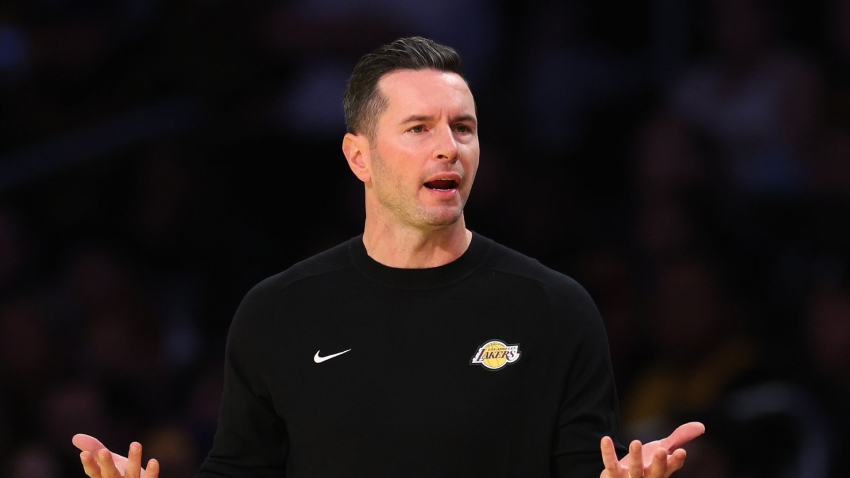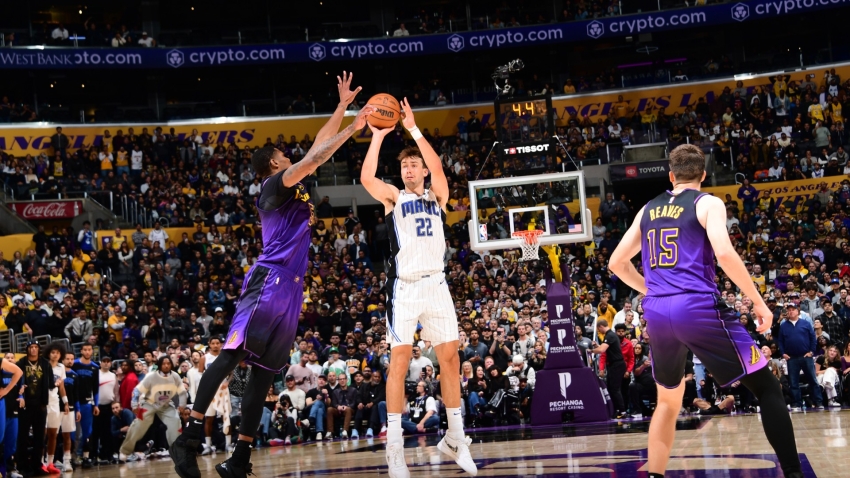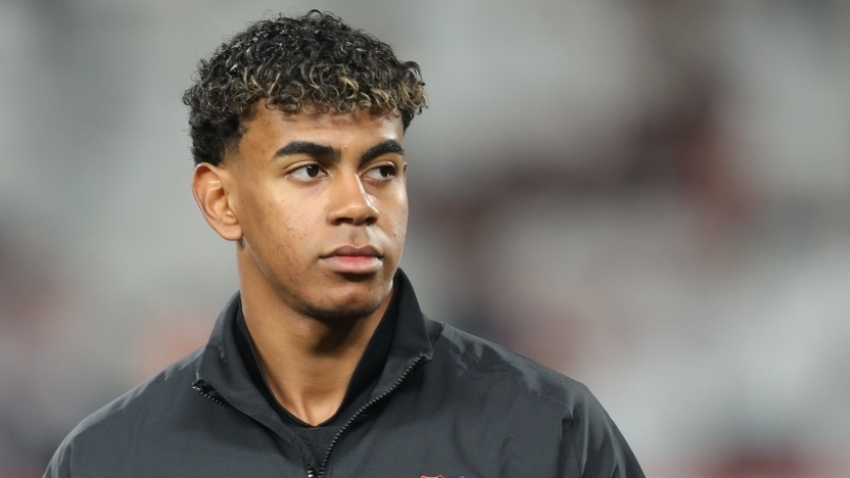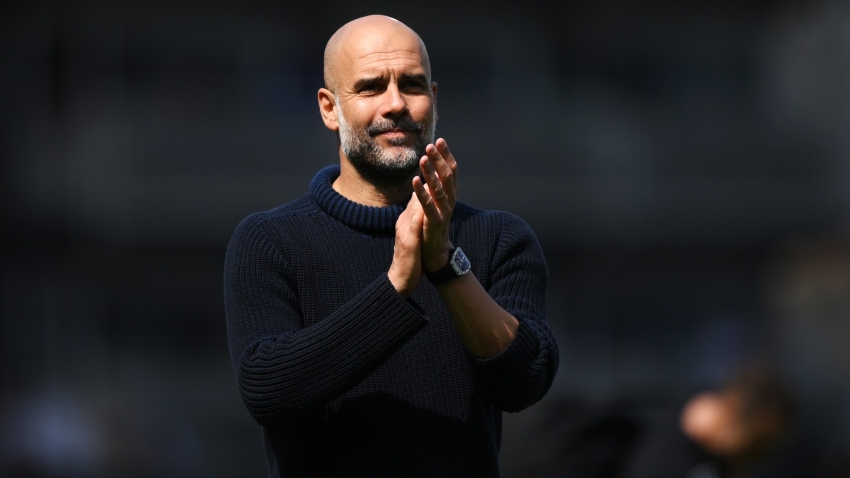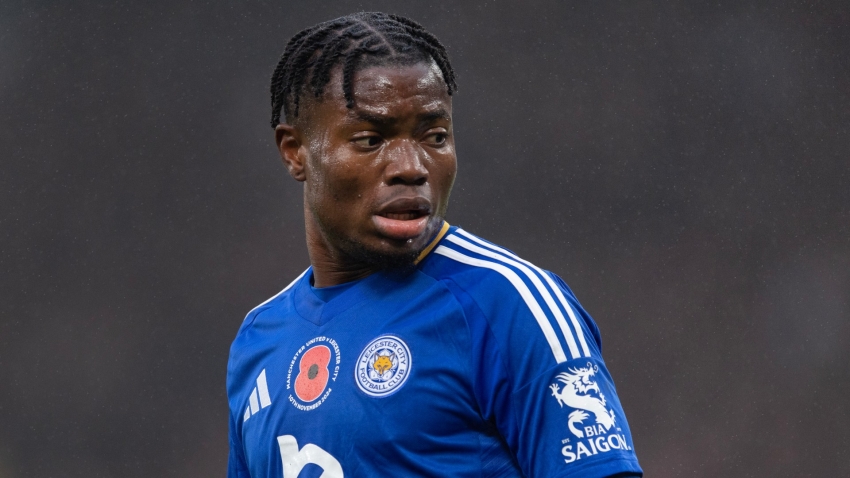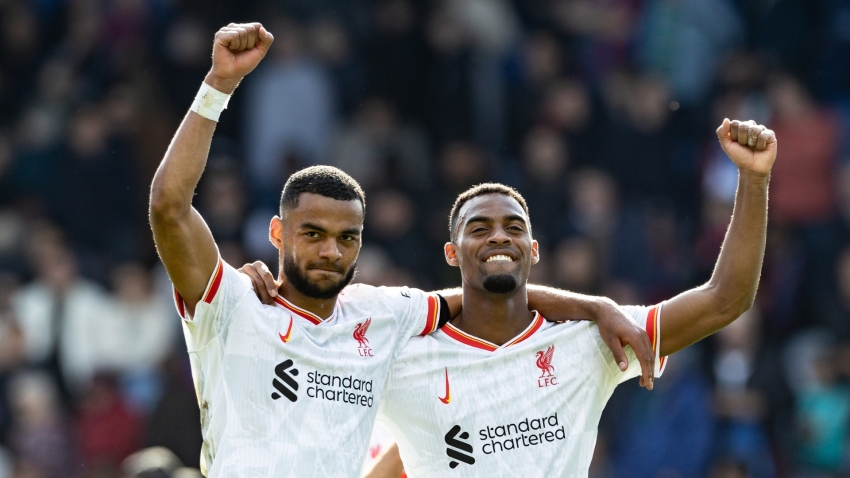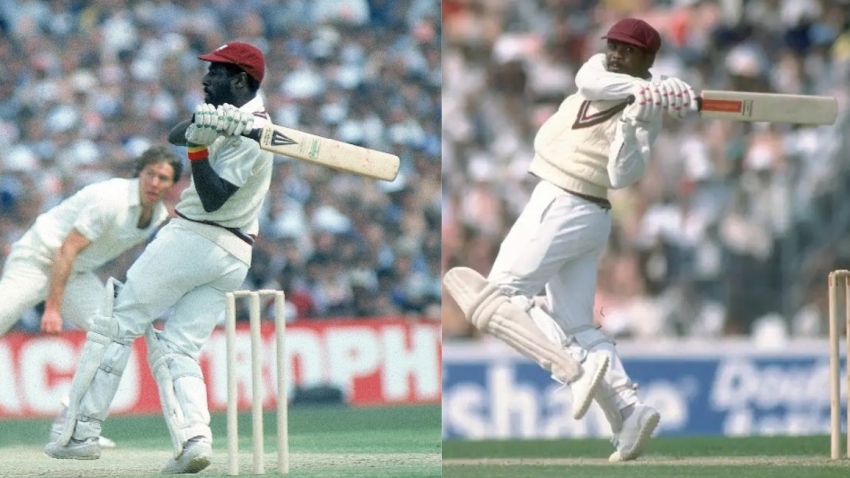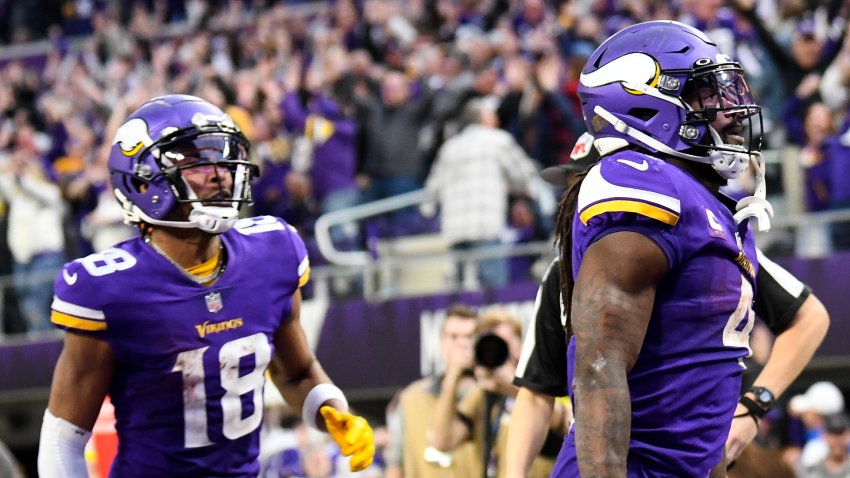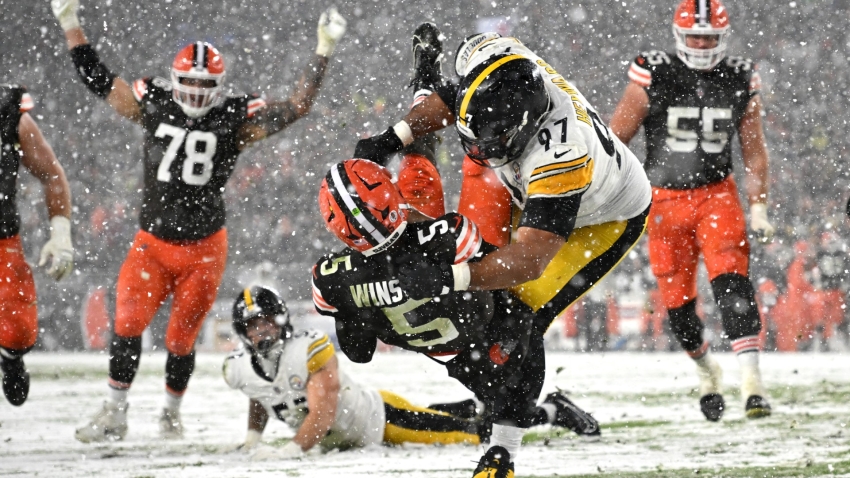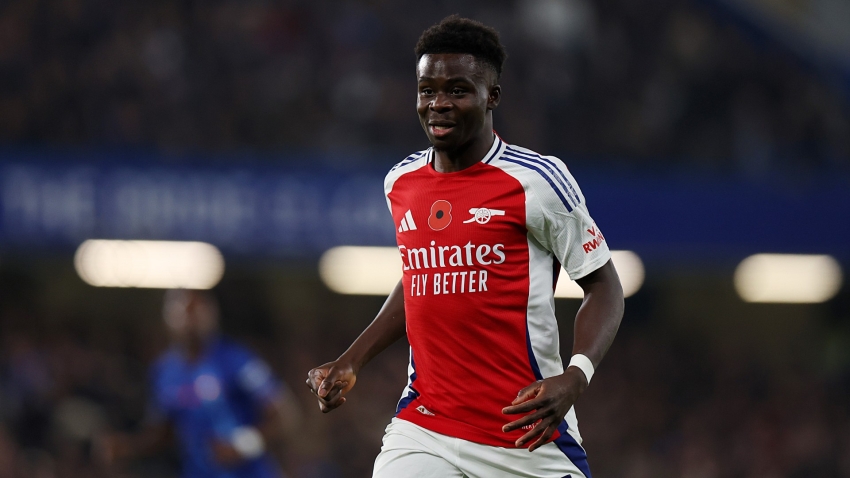The Minnesota Vikings will finish the season with at least 12 wins, have arguably the finest receiver in the NFL and produced the largest comeback in NFL history last month.
At worst they will be the third seed in the NFC playoffs, and yet it is hard to think of a double-digit win team heading into the playoffs with so few outside the organisation believing they can contend to lift the Vince Lombardi Trophy.
That will be of no concern to the Vikings, but their 2022 resume emphatically illustrates why they are not being taken seriously as potential Super Bowl champions.
Minnesota's season has been one defined by dramatic finishes in close games. Indeed, 11 of the wins the Vikings have claimed his season have been by a one-score margin, including their comeback from 36-0 down to the Indianapolis Colts in Week 15.
Their sole double-digit win came in Week 1, when the Vikings eased to a 23-7 victory over the Green Bay Packers, a triumph cancelled out by their 41-17 defeat at Lambeau Field last week.
That loss left them with a point differential of minus 19. The current record for worst point differential in a season with at least 12 wins in NFL history is +21 by the 13-7 Frankford Yellow Jackets in 1925.
The 1925 championship was not decided by a playoff system -- only the most avid of NFL historians would know from memory that the Chicago Cardinals were awarded the title after the Pontsville Maroons were suspended from the league -- and there is a more recent comparison that reflects more kindly on the Vikings.
Minnesota's average margin of defeat this season stands at 22.3 points. That would be the largest average margin of defeat for an NFL team since the 1997 San Francisco 49ers (23.7).
San Francisco went 13-3 that season, which the 49ers finished as the NFC's top seed, and progressed to the NFC Championship Game, where they lost to the Green Bay Packers.
Whether the Vikings have what it takes to imitate them and go deep into the playoffs despite the heavy defeats that have served to increase concerns about their viability as contenders remains open for debate.
It is a debate that is unlikely to be settled by their Week 18 regular-season finale with the three-win Chicago Bears, but they do have points in their favour, the most notable of which is a cast of pass-catching weapons that ranks 11th in the NFL in win rate against pass coverage.
Justin Jefferson, who is ninth in the NFL in combined open percentage (49.3) against man and zone coverage (min. 100 matchups), is the headline act. Having a receiver who can get open as frequently as he does is an obvious asset for a playoff team, one which has thrived in large part because of his 27 receptions of 20 yards or more.
He is supported by a true number one tight end in T.J. Hockenson and another excellent route-runner in veteran Adam Thielen.
While the Vikings have a cast of weapons that is the envy of many in the NFL, they also have a defensive front that boasts the pass-rush talent to limit opposing aerial attacks.
Minnesota's defense is sixth in the NFL in pass rush win rate, yet the Vikings' success in that regard has not resulted in defensive solidity. To the contrary, their 33 sacks for negative yardage are tied for 20th in the league and their success rate against the pass of 45.5 per cent is the fourth worst in the NFL.
And, even with the substantial merits of Jefferson and Co, there is reason to worry whether the Vikings can keep up with top-end playoff competition if they cannot stop their opponents.
The Vikings' pass protection took a hit with the loss of right tackle Brian O'Neill to an Achilles injury and at center they are down to third-stringer Chris Reed.
If those injuries prevent Minnesota from adequately protecting Kirk Cousins, then it is unlikely to bode well for the playoff fortunes of a quarterback who has struggled when the defense knows he is passing.
Cousins has averaged minus 0.02 yards over expected in expected passing situations, according to Stats Perform data, which is 16th among quarterbacks with at least 100 such attempts.
In other words, in clear passing situations, Cousins is failing to elevate those around them, and he is getting little support from a run game that many expected to perform at a much higher level than it has displayed this season.
The Vikings' run success rate of 34.6 per cent is comfortably below the average of 37.5, with an O-Line that ranks 23rd in run block win rate struggling to open holes for Dalvin Cook and Alexander Mattinson.
There is no doubting Minnesota's talent, especially on the offensive side of the ball, yet the questions that have surrounded Cousins throughout his career persist and there are enough holes elsewhere on the roster to justify the doubts about their prospects as contenders. Football is not played on spreadsheets, but the numbers from an extremely curious campaign will be tough to dispute until the Vikings give the NFL world reason to.


